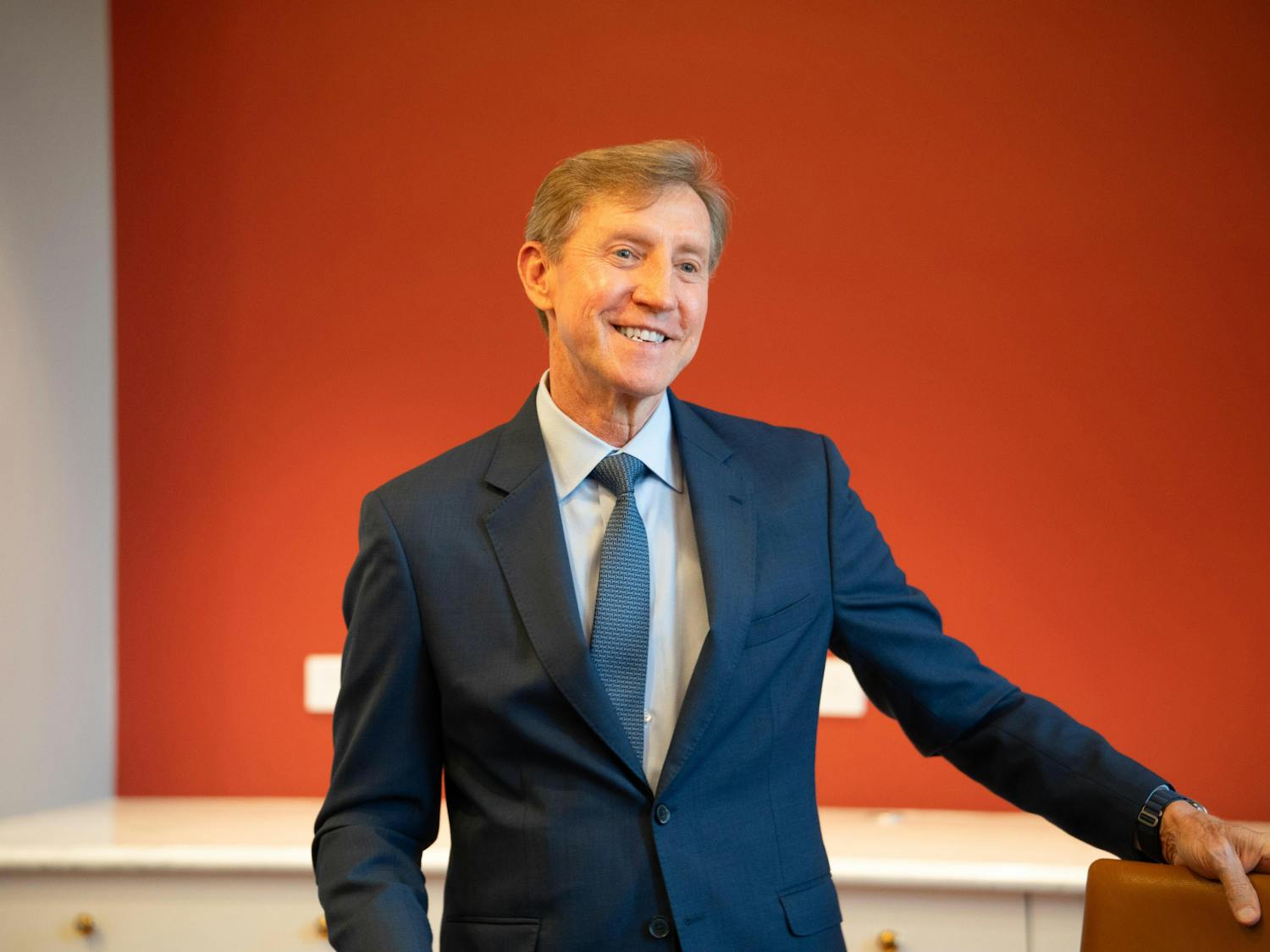Wednesday’s Graduate and Professional Student Assembly meeting erupted into applause after the General Assembly unanimously passed a resolution for a centralized, University-wide diversity office.
The resolution is the product of the Inclusion, Diversity, Equity, Access and Leadership Committee.
“GAPSA is an inclusive organization which derives strength from the diversity of its members,” the resolution reads.
The document ends with an outline of its goal: “establish a Central Diversity Office” to organize diversity officers, help “underrepresented students across campus,” foster an online system for reporting bias and conduct campus climate surveys.
The resolution gained the support of the G12, the student governments of Penn’s 12 graduate schools, several weeks prior at its biannual meeting with GAPSA.
Now that the document has the support of GAPSA and the G12, IDEAL co-chair and linguistics Ph.D. candidate Betsy Sneller said that the next step is to formulate a “concrete proposal about exactly what we envision and how it can fit into the university administratively.”
GAPSA President and Master of Medical Physics student Gaurav Shukla added that the next step entails meeting with administrators to lay out logistics.
Last Wednesday, IDEAL spoke with the Task Force on a Safe and Responsible Campus Community, which included Vice Provost for University Life Valarie Swain-Cade McCoullum, Vice Provost of Education Beth Winkelstein and Vice President of Public Safety Maureen Rush. At the meeting, IDEAL discussed the needs of underrepresented groups, Sneller said.
Sneller said that she has not heard any negative feedback about the diversity office, even after discussing the plan in several public forums and advocating for the institution for at least two years. At a campus-wide open forum on Thursday, four graduate students spoke about the need for the new office.
“There was a moment where one of the administrators said, ‘we want specific requests from you,’” Sneller said, about Thursday’s forum. “One of the graduate student reps stood up and said, ‘we’ve been giving you a specific request. We want a diversity office.’”
Shukla envisions the diversity office as an accessible place where students can walk in and receive the support they need. Right now, “people spend five minutes googling around, trying to figure out how to address something” to no avail, he said. He explained that although the Office of Affirmative Action and Equal Opportunity Programs could currently settle some of students’ qualms, few understand its services or even know where it is.
He added that the diversity office would differ from other campus resources because of its centralized nature. That is, it is one office that would cover all of Penn’s schools, so its response to bias would be equally strong regardless of which graduate or undergraduate school a student may be in.
Sneller described Penn’s Action Plan for Faculty and Diversity Excellence, including school-specific goals to foster diversity among faculty and help underrepresented faculty to thrive. She hopes the diversity office can apply these measures to students, both graduate and undergraduate.
“I would love to see Penn talking specifically about what we can do to ensure students are thriving,” she said.









